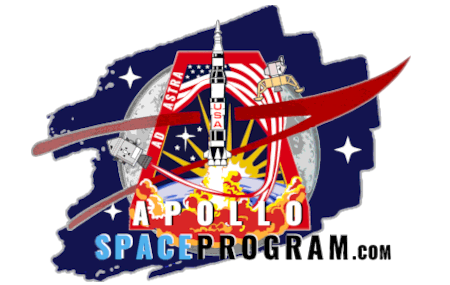The Saturn V rocket was a type of rocket developed by NASA in the 1960s as part of the Apollo program. It was designed to launch spacecraft and astronauts into Earth orbit and beyond, with the goal of landing humans on the Moon. The Saturn V was the most powerful rocket ever built, and it remains the tallest, heaviest, and most powerful rocket ever to have flown successfully.


The Saturn V rocket was composed of three stages. The first stage, known as the S-IC, was powered by five F-1 engines and burned kerosene and liquid oxygen. The second stage, known as the S-II, was powered by five J-2 engines and burned liquid hydrogen and liquid oxygen. The third stage, known as the S-IVB, was powered by a single J-2 engine and also burned liquid hydrogen and liquid oxygen.

The Saturn V rocket was used to launch a total of 13 spacecraft, including the Apollo 8, Apollo 11, and Apollo 13 missions. It was retired from service in 1973, after the last manned lunar landing mission, Apollo 17.

